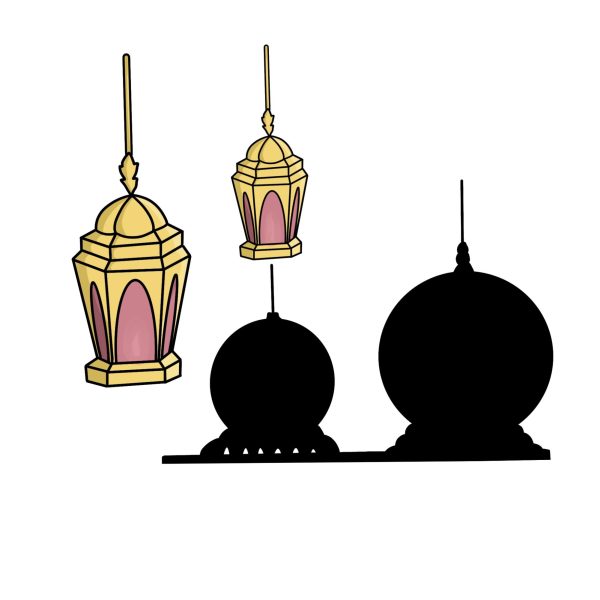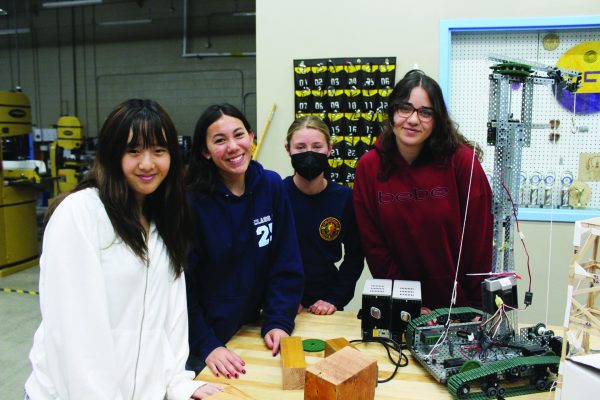The Origins of Halloweens Trick or Treating Tradition
October 22, 2021
You forgot, how could you forget? There is not much time left until the trick or treaters get to your house, and you forgot the candy. You don’t want to be known as the loser in the neighborhood, so you rush to your car and drive to the nearest store. Will you make it in time?
This exact scenario has happened to many people before and will probably happen to many people in the future. All of this for candy? The origins of giving out candy on Halloween in the United States date back all the way to the 1940s, according to the website Kitchn. As expected, there are many reasons why this practice started, with answers ranging from profits for the candy businesses to natural human instinct (thekitchn.com).
The origins of trick-or-treating date back over 2,000 years ago, according to the website Bustle. The ancient Celts, living in what is now modern day U.K., Ireland, and Northern France, celebrated the holiday “Samhain” at which time they would leave out food for wandering spirits. Centuries later, people started dressing up as ghosts or spirits and taking the food, which began the practice of taking food on Halloween (bustle.com).
Christianity eventually took over Celtic traditions, and the practice turned into people going to wealthy people’s houses and praying for their sick ones for “soul cakes.” This practice spread to the US through immigratrion and turned into Halloween. However, early Twentieth century Halloween was mostly pranking and partying, and not much candy was really eaten (bustle.com).
However, in 1916, the candy industry needed a way to get more money and so the day “Candy Day” was born. However, this didn’t seem to catch on and so it was changed to “Sweetest Day” though this didn’t seem to catch on either. By the late 1940s, parents wanted their children to stop doing dangerous activities on Halloween such as pranking (thekitchn.com). So the movement to give out candy on Halloween was born. Some parents were scared that the treats given to their children could be laced with poison, but this didn’t pan out. So trick-or-treating was born (bustle.com).
The candy industry immediately capitalized on this development and paid for stores to promote candy on Halloween. This caught on and giving out candy became regular on Halloween. Before this, people gave out coins, toys, and baked treats, but candy was easy to get and easy to give away. Plus, due to candy being already wrapped, many mothers felt safer when their children came home with candy. By the 1970s, almost everybody was giving out candy (thekitchn.com).
Also, going trick-or-treating is fun, Junior John Rosza explained, “As a kid, Halloween was always something fun. Going around door to door, and filling your bag full of candy, that’s probably why it stuck for children. Since they could look forward to a day full of candy!”
There is also another reason why candy became so popular, according to Candy Historian Beth Kimmerlay: “ The desire for sugar in the fall is an instinctual part of the human psyche.” Back when humans were still living in huts or small houses, it got cold, and so to preserve their food, communities would put sugar and honey in their food. Before winter, people would eat food that still had sugar in it in order to gain some weight before winter arrived. This became ingrained in human minds and stayed with us all until today (thekitchn.com).
Recently, due to the Covid epidemic, fewer and fewer people are giving out candy on Halloween, according to the website Delish (delish.com). This doesn’t mean it is a dying tradition. It can still come back after the pandemic is over. However, no matter what happens, giving out candy is still something most Americans do and it is probably here to stay. So get out your pillow bag or bucket and collect as much candy as you can this Halloween.







